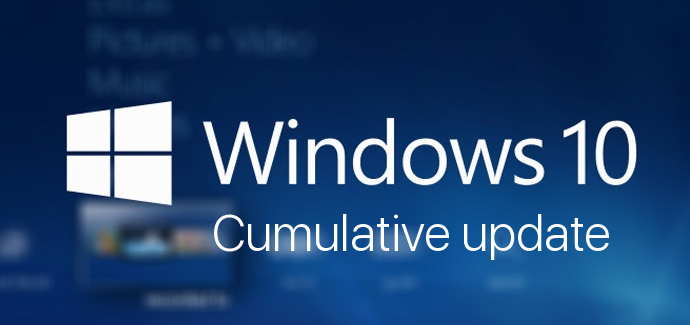Microsoft is releasing a set of updates for supported versions of Windows 10. The updates include a small fix that addresses the issue that may prevent access to some gov.uk websites that don’t support HTTP Strict Transport Security (HSTS). Here is the list of updates with their change logs.

The updates share the following change log.
Advertisеment
- Addresses an issue that may prevent access to some gov.uk websites that don’t support HTTP Strict Transport Security (HSTS) when using Internet Explorer 11 or Microsoft Edge.
How to get this update
Before installing this update
Prerequisite: The servicing stack update (SSU) (KB4499728) must be installed before installing the latest cumulative update (LCU). The LCU will not be reported as applicable until the SSU is installed. For more information, see Servicing stack updates.
If you are using Windows Update, the latest SSU (KB4499728) will be offered to you automatically. To get the standalone package for the latest SSU, search for it in the Microsoft Update Catalog.
Install this update
- UK customers : This update will be applied automatically to resolve this issue. You may be required to restart your device again. If you are affected by this issue, Check for updates to apply the update immediately.
- Customers outside of the UK: This update will not be applied automatically. If you are affected by this issue, we recommend that you apply this update from Windows Update and then restart your device.
The following updates were released:
The list of cumulative Updates for Windows 10 released on May 19, 2019
- KB4505056 for Windows 10 version 1809 (OS Build 17763.504)
- KB4505064 for Windows 10 version 1803 (OS Build 17134.766)
- KB4505062 for Windows 10 version 1709 (OS Build 16299.1150)
- KB4505055 for Windows 10 version 1703 (OS Build 15063.1808)
- KB4505052 for Windows 10 version 1607 (OS Build 14393.2972)
- KB4505051 for initial Windows 10 version (OS Build 10240.18218)
To download these updates, open Settings - > Update &recovery and click on the Check for Updates button on the right.
Click here to find which Windows 10 version you have installed.
Source: Windows Update History
Support us
Winaero greatly relies on your support. You can help the site keep bringing you interesting and useful content and software by using these options:
